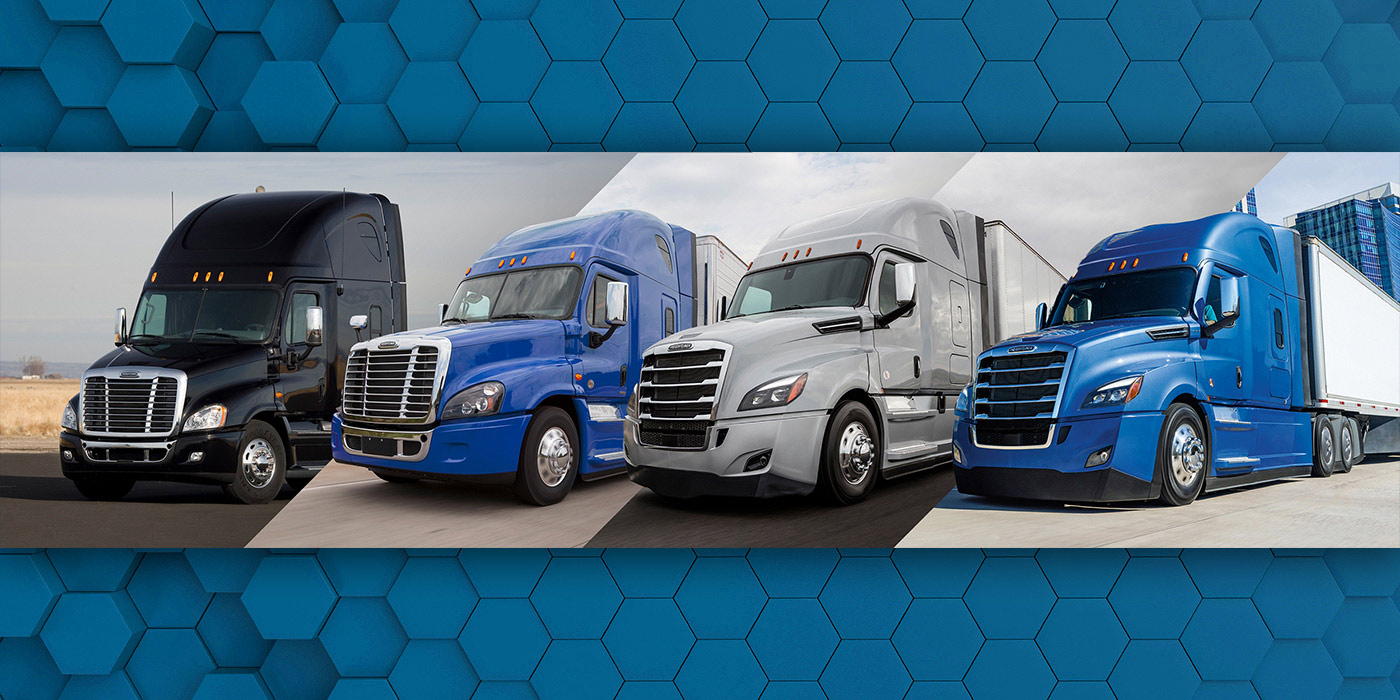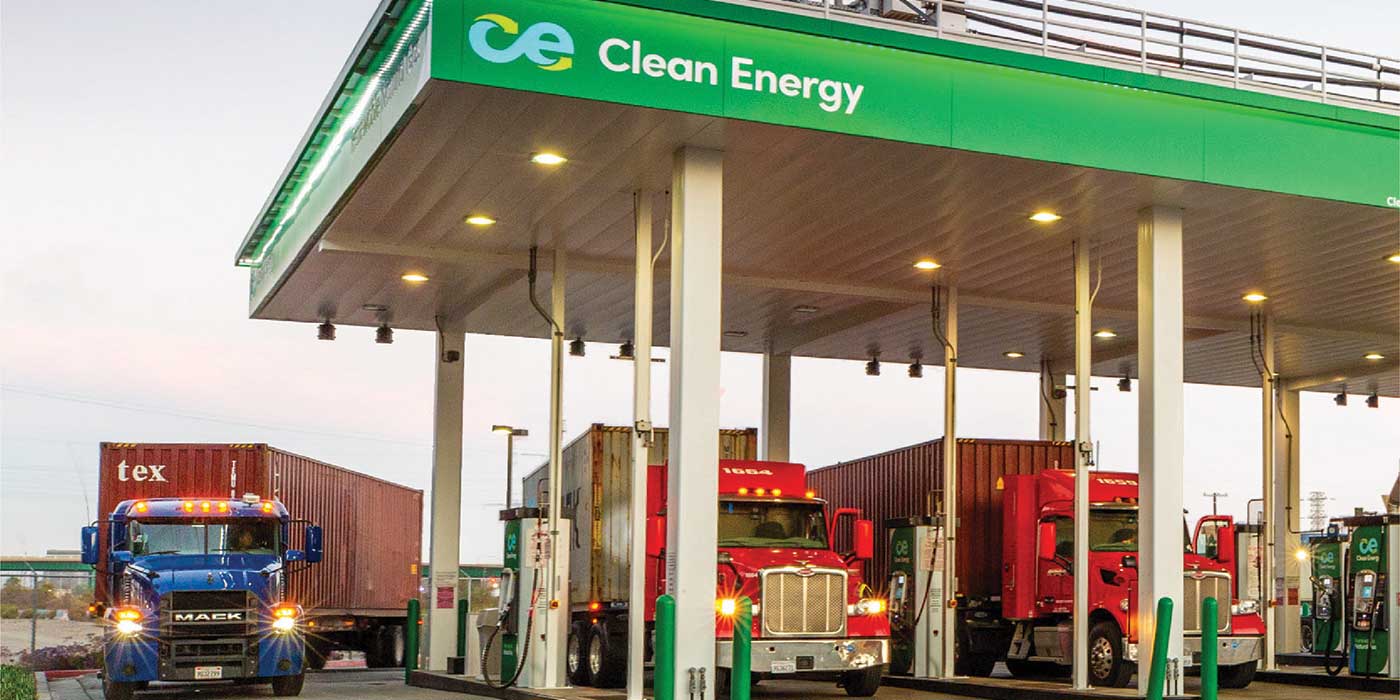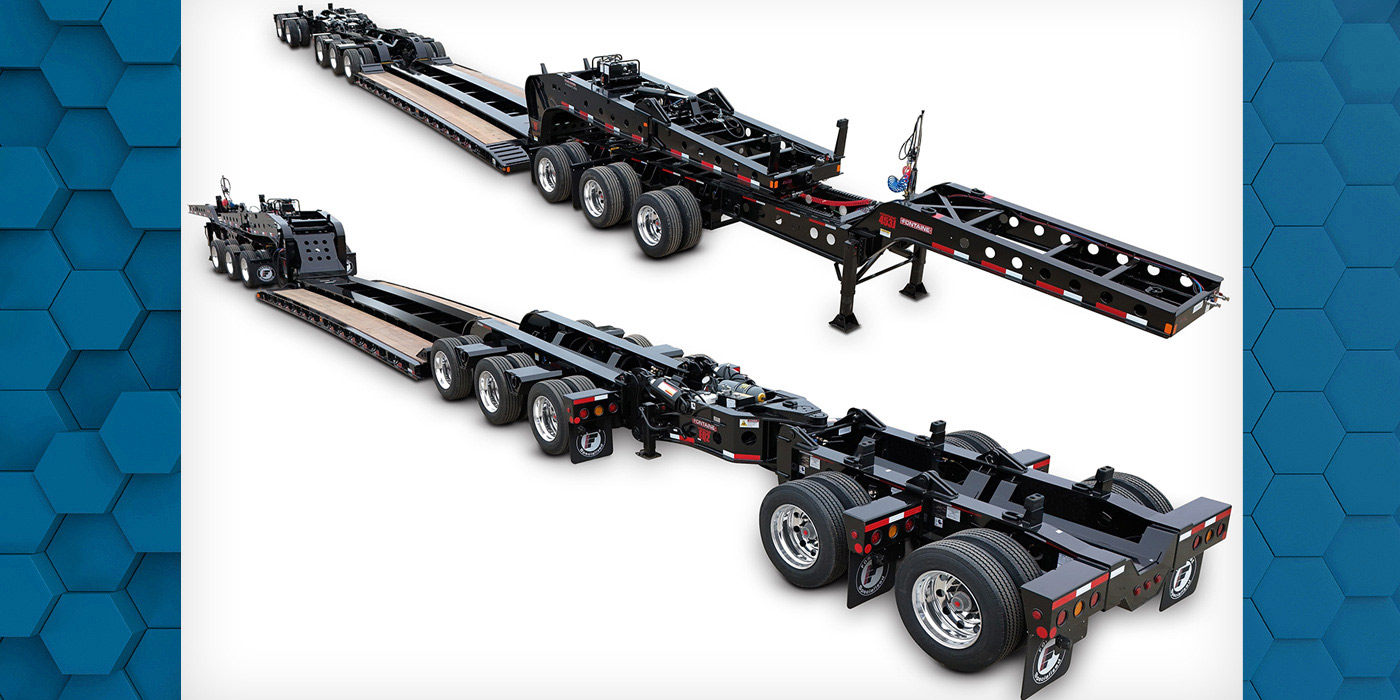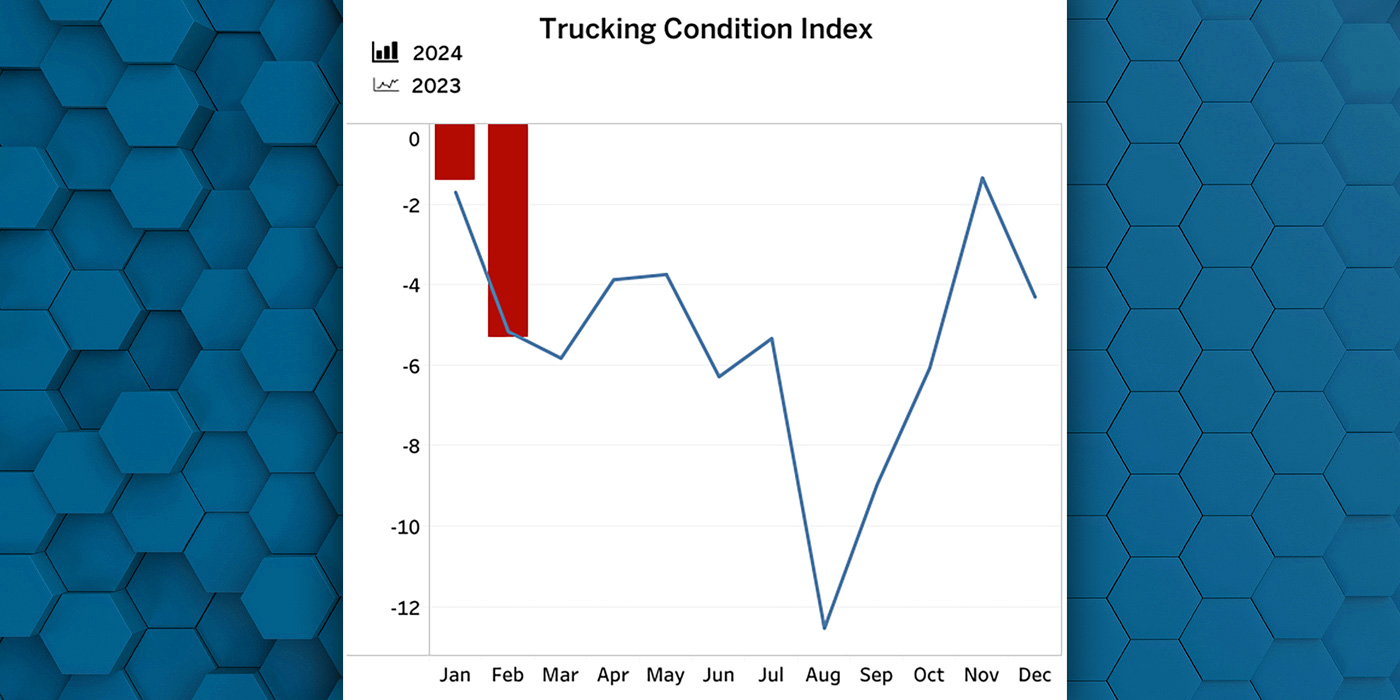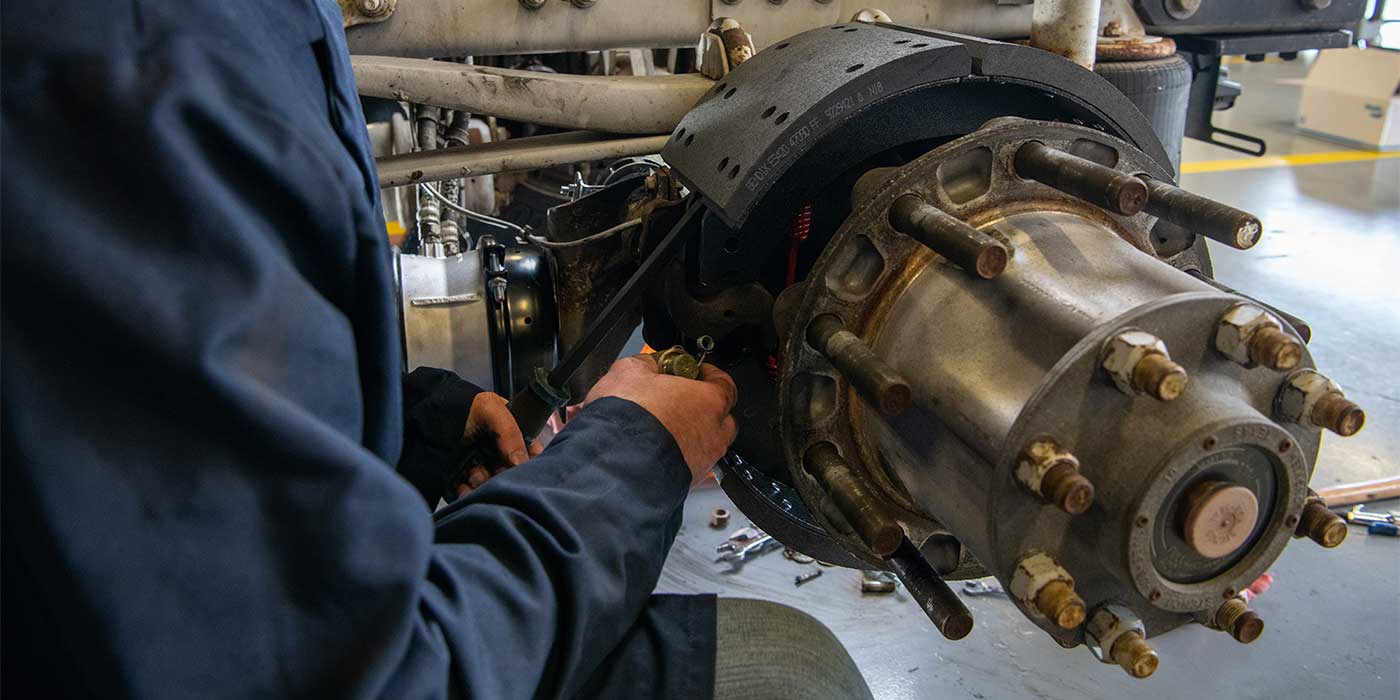While the concept of wide single tires certainly isn’t new, the topic is worthy of a refresher since tires make up a large line item in any fleet’s budget. Fuel efficiency and weight savings are the most often-touted advantages of switching to wide single tires, but there are many others.
By replacing standard dual tires with wide singles, tire makers cite reduced weight of anywhere from 624 to 1,160 lbs. per tractor-trailer, depending on tire tread depth and wheel material. This means increased payload, which translates to a reduced number of trips and greater profitability for the fleet, according to Paul Crehan, director of product marketing for Michelin Americas Truck Tires.
On the fuel efficiency side, there are a few options for fleets to compare duals against wide singles. The most convenient is an online calculator, like those provided by tire manufacturers (Continental’s ContiCostCalculator and Michelin’s Fuel Savings Calculator, are two examples).
But for more exact results using real-world testing, fleets have two options: either conduct their own fuel economy tests via scientific methods, or perform a side-by-side comparison with their own trucks. The TMC’s Recommended Practices Manual lists RP 1102, TMC/SAE In-Service Fuel Consumption Test Procedure—Type II or RP 1103, TMC/SAE In-Service Fuel Consumption Test Procedure—Type III as the preferred methods for tire testing procedures, according to Libor Heger, director of truck tire technology for Continental Tire the Americas. While more expensive, these test results will be obtained in a matter of days.
A side-by-side comparison in which a fleet tracks fuel economy for at least two sets of identical trucks—one with a new set of duals, one with a new set of wide singles—may be more attainable, but fleets should make sure that they have reduced the variation as much as possible between the two vehicles, and plan on a longer test cycle, Heger adds. It could take months, rather than days or weeks, to obtain an accurate comparison.
In addition to weight savings and fuel economy, tire manufacturers list many other benefits. For one, replacing duals with wide single tires provides easier maintenance of air pressure and mounting/demounting, according to Hankook Tire America Corp.
Michelin’s Crehan agrees, saying, “Ten is less than 18; this advantage is fairly obvious. Fewer tires to mount, dismount, inspect or rotate results in less maintenance and downtime. There also is ease of air pressure maintenance and pre-trip inspections.”
He explains the majority of rapid air loss situations stem from poor pressure maintenance on the inside dual tire—a problem that is eliminated when switching to wide single tires.
Depending on the configuration of the vehicle, wide singles can actually lower the center of gravity, increasing stability, says Rick Phillips, Yokohama Tire’s senior director of commercial and OTR sales, adding this is due to the fact that the tires move the center of the load out wider than with a dual setup.
According to Continental’s Heger, the federal excise tax is lower on wide single tires, resulting in financial savings for fleets. He adds they also offer improved braking cooling and a more comfortable ride, as well as eliminate issues that can arise from dual tires that are improperly matched.
Cooler-running tires and increased braking cooling lead to longer brake life, notes Goodyear Commercial Tire Systems’ Donn Kramer, director of new product innovation, who adds that an improved ride leads to better driver comfort, important to retaining qualified drivers today.
Despite all the advantages mentioned above, fleets must do their homework when it comes to the duals vs. wide singles decision. “Advances in technology, especially from compounding and tread design, mean that duals are catching up to wide singles in terms of fuel efficiency,” Heger says. “Fleets that realize the greatest potential from wide singles are bulk haulers, liquid tankers and those who ‘gross out before they cube out.’ If fleets choose to adopt wide singles, we encourage them to start small. Don’t plan on a wide-scale retrofit until you have some experience with wide single tires.”


